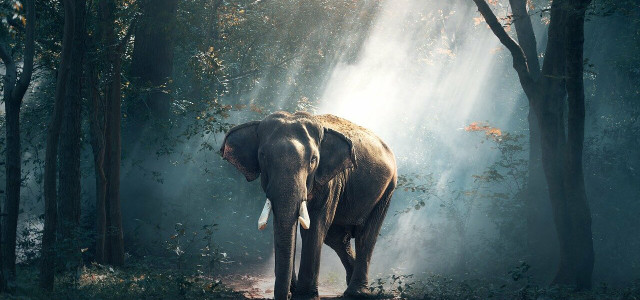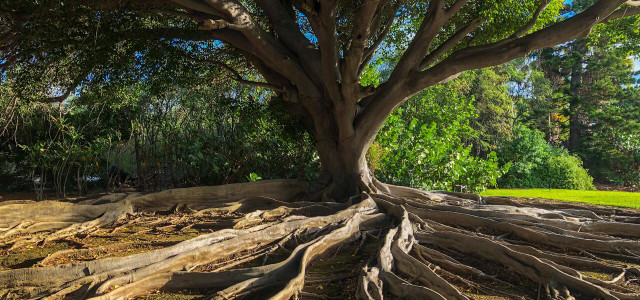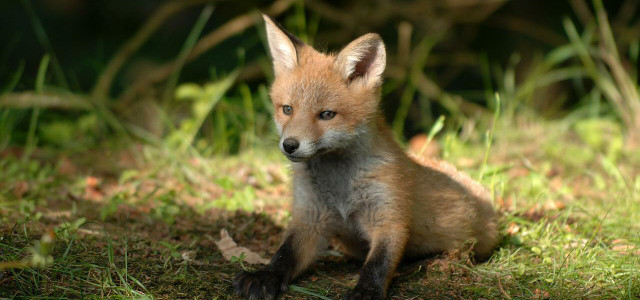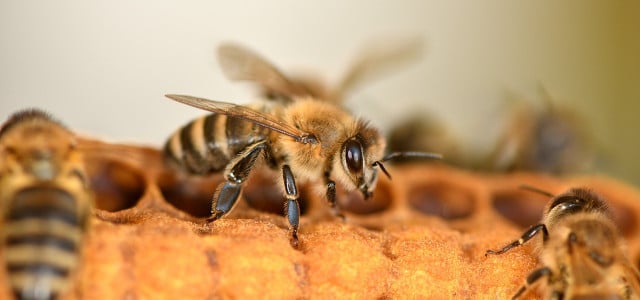Rewilding is a controversial approach that takes wildlife conservation to new levels. In this article, we'll discuss the ins and outs of this unusual practice.
The term ‘Rewilding’ was coined in the 90s. It was first proposed by environmentalist David Foreman, before reaching the public eye when the term was published in a Newsweek article by Jennifer Foote. Conservation biologists Michael Soule and Reed Noss later elaborated on the core concepts: They described it as the long-term recovery or restoration of native species, particularly those long since extinct in a given region or area.
As the name implies, re-wilding is a bold conservation approach that advocates allowing nature to take the reins. It is a return to a state of wildness, the idea of removing as much human interference as possible and letting damaged ecosystems restore themselves.
Rewilding Approaches
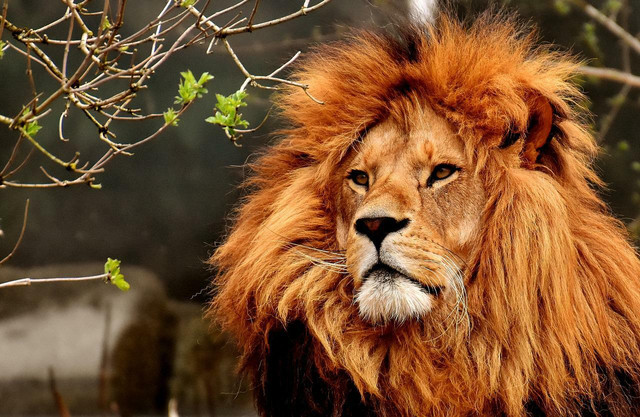
(Foto: CC0 / Pixabay / Alexas_Fotos)
There are many methods for rewilding. The most commonly recognized approaches are:
Pleistocene Rewilding
This approach was first suggested by academics at the University of Chicago. It recommends reintroducing large, long-living species such as lions, elephants, and feral horses to help restore natural ecosystem functions. They note that these species are often the first to go extinct under the pressure of human influence.
The researchers believed that by bringing back these species, they could help reconnect lost links in the food chain, as well as help manage weed and pest control.
Passive Rewilding
Passive rewilding is commonly used to restore fauna and flora affected in agricultural and industrial land. The idea is to give these areas the chance to rejuvenate themselves by allowing them to regrow uninterrupted. In a study of an abandoned farmland in the West of France, scientists observed that passive rewilding can be an effective tool for increasing biodiversity, resilience, and natural restoration of plant communities.
By allowing plants the opportunity to flourish undeterred, it can enrich the ecological composition of wildlife in these areas.
Translocation Rewilding
Translocation rewilding is performed when a species is under threat at its current location and rewilding in that area isn’t an option. Instead, the species is relocated to a new environment and introduced there.
According to Cambridge University, translocation can also be when a native species has become extinct, but there are none of the same species to replace them with. In which case, a functionally equivalent or similar species is translocated in its place. These species may not be native to the given area. Instead, it is done either for the benefit of the ecosystem or to protect the species itself.
Why Does Rewilding Matter?
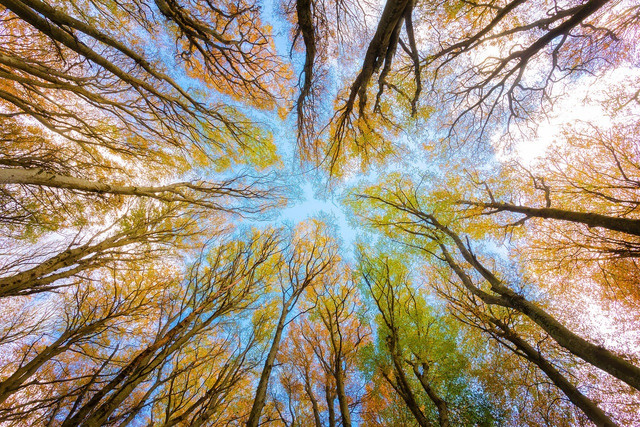


(Foto: CC0 / Pixabay / Polifoto)
Rewilding is designed for both natural and human benefit. Many species native to North America have been driven to near extinction. According to the EPA, more than 1300 species are nearing extinction in the U.S.
Rewilding is an approach designed to protect both these species and their habitat from disappearing. Its goals, particularly in the U.S., are to restore ecosystems to their natural state. Among other things, it has been praised for:
- Meeting environmental goals – by increasing biodiversity, tackling climate change and greenhouse gas emissions
- Improving health and wellbeing – through generating carbon capture, ecological resilience, access to green spaces, etc.
- Supporting local communities – by providing new jobs, creating nature-based economies, and restoring local landscapes
However, while there have been many success stories surrounding rewilding, it is not without criticism.
What Are the Criticisms of Rewilding?
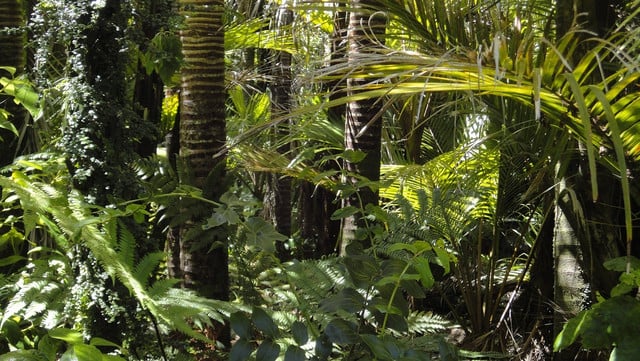


(Foto: CC0 / Pixabay / rosinakaiser)
The idea of restoring the environment to a natural state is somewhat controversial. It implies a time when nature was pristine and untouched by human influence. However, there is evidence that humans have played a role in cultivating the land and the species within them during all of their existence. Learn more about how humans interact with the ecosystem in Human-Environment Interaction: Definition & Examples.
Amazonian Dark Earths (ADE) are a type of highly sought-after soil that has been found in the Amazon basin. They are the source of the unique tropical plants that grow in the rainforest. In the past, the distinctive climate of the Amazon rainforest was attributed to a lack of human interference. It was assumed that it was human influence that solely led to its deterioration. However, as researchers have proven, the special quality of the rainforest is most likely the result of indigenous farming and the creation of ADE dating back to pre-Columbian times.
In other words, the idea of rewilding — that is, leaving nature to its own means, is not necessarily conducive to environmental conservation. Many criticize rewilding because its outcomes aren’t certain. Introducing new species may not always benefit existing species or the local people who live there. Moreover, researchers argue there are other ethical concerns to consider, such as:
- Animal welfare
- Conflicts with local people
- The degree of maintenance and oversight
- Poor implementation
While these concerns are all valid, the same research team has also advocated the great potential of rewilding to – preserve, improve and regenerate the natural world. So, let’s look at instances where rewilding has yielded positive outcomes.
How Is Rewilding Implemented in the US?
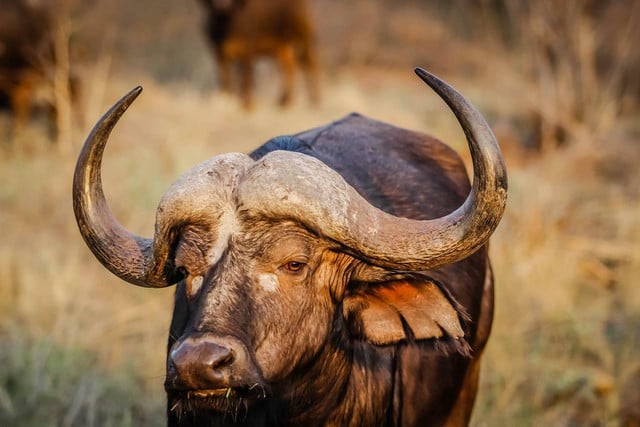


(Foto: CC0 / Pixabay / Pexels)
Yellowstone National Park
One of the most renowned rewilding projects in North America is the reintroduction of gray wolves to the Yellowstone National Park in the 90s. The gray wolf (Canis lupus) was driven to extinction by hunting some 70 years prior, becoming an endangered species.
Their rewilding back into their native home reduced overgrazing and overpopulation of elks in the years that followed. Scientists believe their reintroduction has also been the catalyst for bringing beavers, willow trees, and many more populations back into the area.
American Prairie
The American Prairie is a nature reserve in the Northeast of Montana and is one of the largest reservations of its kind. In 2005, it began the rewilding of buffaloes (also known as plains bison). Bison used to dominate the American Great Plains, but their numbers were depleted by overhunting. The American Prairie rewilding has raised bison numbers to 31000 in just ten years.
Scientists believe their reintroduction could increase the abundance and diversity of other organisms through their grazing practices. And, that the bison play a vital role in improving plant diversity and heterogeneity.
Can You Practice Rewilding at Home?
Rewilding is an appealing conservation tool because of its ability to rejuvenate and restore landscapes. While there are some ethical concerns involved in large-scale active rewilding, small-scale and passive rewilding can be implemented with relatively little risk.
Researchers believe that agricultural and horticultural land can benefit from rewilding without much effort. The main strategy for this type of rewilding is to create a small area for native species to grow with little human interference. In Europe, where rewilding has been more openly adopted, this is called wildlife gardening. The National Wildlife Federation suggests you should create wildlife gardening spaces that include:
- Shelter for young animals
- Water
- Native plant cover
- Food
You can work towards these goals by planting flowers for bumblebees or practicing native gardening for wildlife privately.
However, since European laws on this type of conservation differ from the U.S., it is essential to check with your local authority before starting. As a general guide, the land should be owned by you, and not encroach on others without permission. Your local authority must also authorize any water installation and large-scale habitat creation.
However, if you do not have a space where you can do your own rewilding, there is still a way to help push the movement forward. As of 2022, Congress passed the Recovering America’s Wildlife Act. It is a Bill that provides funding for the restoration of wildlife most in need. To support your local area, you could consider setting up or supporting a conservation area funded by this bill.
Read more:
- How to Start a Community Garden in 8 Steps
- What Are CSA Farms? A Guide to Community Supported Agriculture
- 11 Flowers for Bees: Turn Your Garden or Balcony Into a Bee Paradise
Do you like this post?






